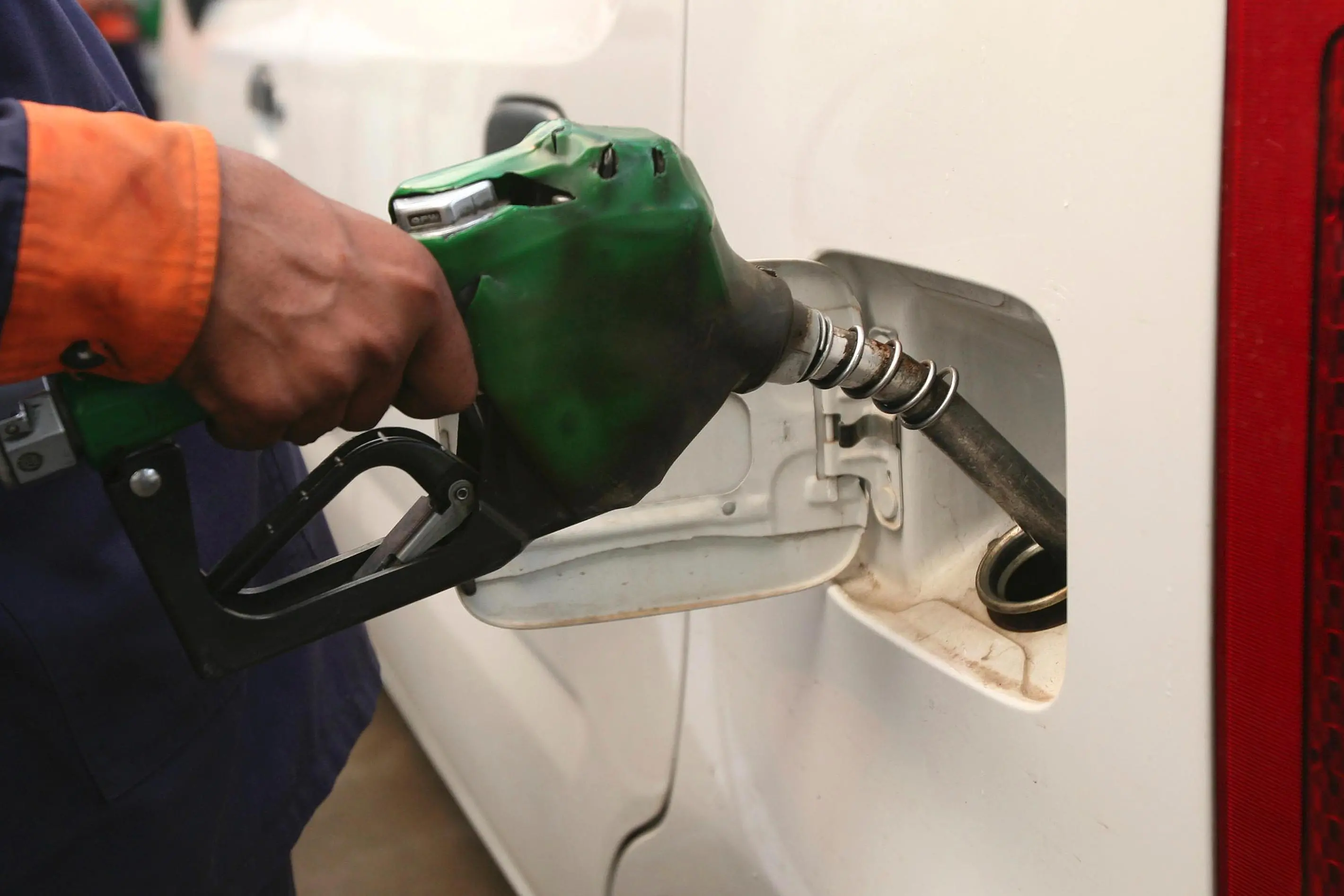PHOTO
(John Kemp is a Reuters market analyst. The views expressed are his own)
LONDON- Faced with an unprecedented collapse in gasoline consumption during the most intense period of lockdown, U.S. refiners responded by slashing crude intake and curbing conversion processes used to boost gasoline yields.
But the extraordinary operating changes introduced during the emergency left refiners with a legacy of too much diesel, which is still weighing down diesel prices worldwide, and will have to be eliminated over the next few months.
The scale of the shock and the shift in refinery processes to cope with it were revealed for the first time on Tuesday with the publication of "Petroleum Supply Monthly" by the U.S. Energy Information Administration.
Consumption of all three major fuels fell sharply in April, the most recent month for which data is available, but the hit was greatest for jet (down 61% compared with a year earlier) and gasoline (37%) and much smaller for distillate fuel oil (12%).
Faced with a collapse in the demand for gasoline, refineries cut the volume of crude and other inputs fed into their distillation units to just 70% of their maximum capacity compared with almost 89% a year earlier.
More importantly, they slashed the flow of semi-refined distilled oil into downstream conversion units, including catalytic crackers and reformers, that would normally upgrade more fuel oil into gasoline and jet fuel.
In April, their catalytic crackers were operated at just 59% of their capacity compared with 81% a year earlier. Hydrocracker usage was down to 56% from 71%. And catalytic reformers were down to 61% from 80%.
YIELD SHIFTS
The result of these changes in downstream conversion was an abrupt shift in the mix of refinery output, from gasoline and jet towards distillate, that has no precedent in terms of either size or speed outside wartime.
Gasoline production fell to just 41% of total output from 45% in April 2019; jet output halved to less than 5% from 10% a year ago; by contrast, distillate fuel oil surged to more than 38% from less than 30%.
The twin shifts in refinery operations (reduced crude intake and reduced downstream processing) minimised the overall build-up of fuel inventories and gasoline in particular.
But the consequence has been a massive blow out in stocks of less-refined distillate fuel oil which has only recently been brought under control and which is now overhanging the market, depressing diesel prices.
To work down bloated distillate stocks, refiners are continuing to restrict crude processing, even as the economy recovers, but are now switching to maximum gasoline production.
The most recent weekly refinery reports from the Energy Information Administration show gasoline output rising steadily since late April while distillate and jet output remains almost unchanged.
Refineries are now producing about two-thirds more gasoline than distillate and jet combined, up from around equal volumes in April, as refiners ramp up conversion units.
If refiners continue to operate in max-gasoline mode, distillate stocks are likely to normalise in the next 2-3 months – provided the global economy does not stumble into a double-dip recession.
(Editing by David Evans) ((john.kemp@thomsonreuters.com))












